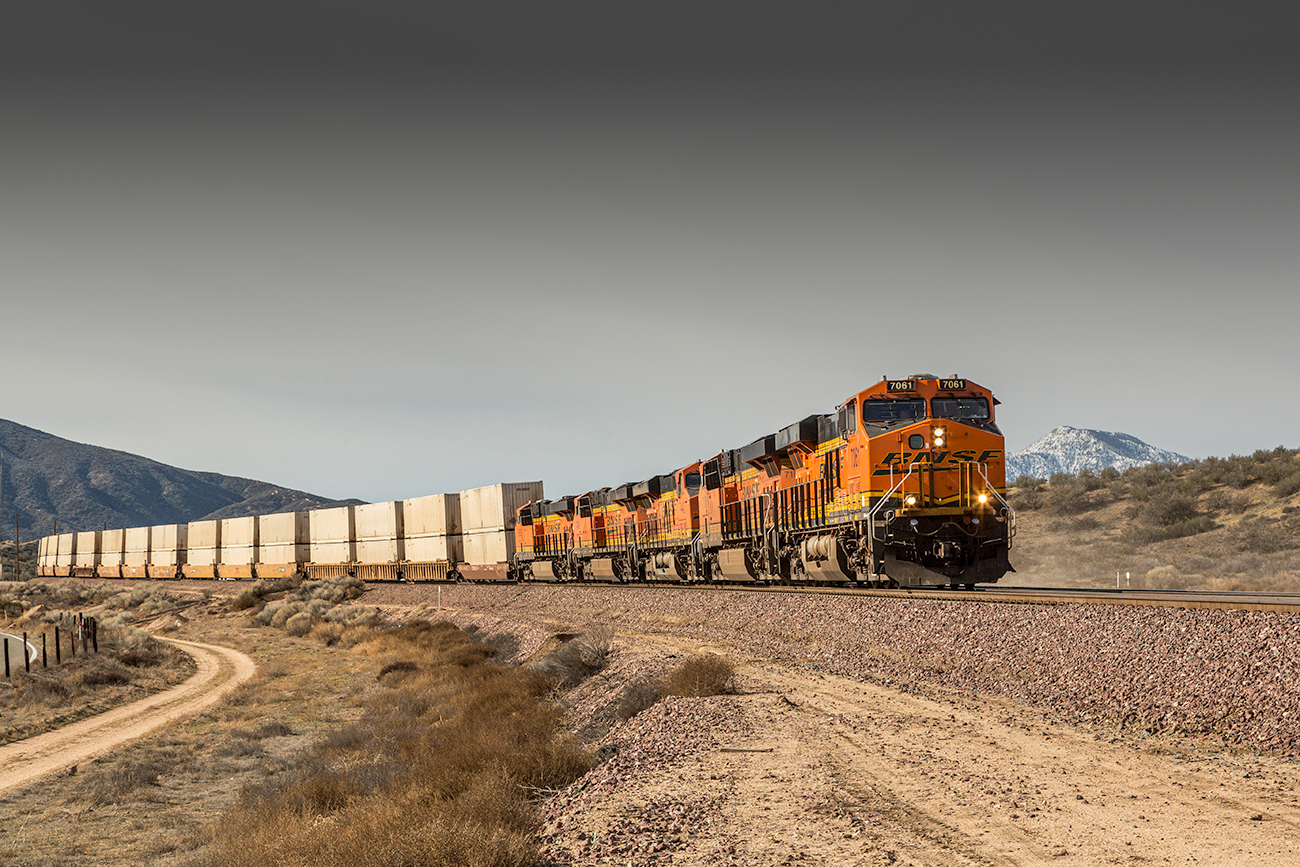Five at the forefront: Women make a difference for safety at BNSF

Safety is a big deal at BNSF.
Our safety vision is that every accident or injury is preventable. We recognize this is a tall order, one that takes a culture of commitment, resources, training, tools and technology – which we strive to provide at all levels.
This March, in recognition of Women’s History Month, we highlight some examples of how women are putting their stamp on workplace safety. Their contributions are not new; in what is often viewed as a male-dominated industry, women have been involved in railroading since the 1800s.
A safety system for the industry
One of the technologies that is making the industry safer is Positive Train Control (PTC), which was required by the Rail Safety Improvement Act of 2008 in the wake of a Los Angeles train collision. PTC is a system designed to prevent common types of railroad incidents, thereby making rail networks safer.

BNSF already had technology similar to PTC in place before Congress passed this act. However, work remained to be done to ensure all 11,500 miles of track mandated by the act were fully equipped with PTC. A key leader of this work was Lesha Hampton, BNSF’s director of PTC Implementation.
Hampton joined the newly merged BNSF in 1996 in the Technology Services Department. She has held several roles throughout her 25-year career, taking on her current position in 2014. “I came on board to implement the system for BNSF, but the mandated technology didn’t fully exist,” said Hampton. “We had to build the ship as we sailed it.”
At the end of 2017, all of BNSF’s mandated territory was fully implemented with PTC. Said Hampton: “That was a tremendous accomplishment and we have now actively achieved system interoperability with approximately 30 railroads.”
Keeping safety on track
Jessa Shepard, division engineer, Billings, Montana, joined BNSF in 1997 in the track maintenance department, working to ensure that the railroad tracks themselves are safe and reliable. It’s a physically demanding job, which the 5-foot-5-inch Shepard welcomed.
“I made it my mission to prove I could do the work safely,” she said, adding other skills over time: welding, grinding, driving trucks and running on-track equipment.
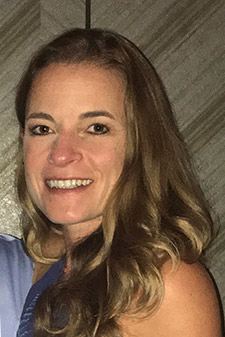
“Safety has always been part of our culture, but we’ve evolved and gotten better,” said Shepard, who in 2004 moved into an exempt role, first as assistant roadmaster and in her current role since mid-2019, embracing the challenges of leadership.
“In my first role as a leader, I looked at my coworkers like family, and I cared about them like I would family. That helps to build a strong team that respects one another,” she said. “That’s the foundation for safety. Now, I just have a bigger family of about 100.”
Today, her “family” maintains some 1,400 miles of single mainline track, in the extreme conditions of Montana and portions of Wyoming and North Dakota. The relationships she’s cultivated with her team helped them to achieve a huge accomplishment in 2020: to complete the year injury-free.
Where science meets safety
Shepard’s job is to keep railroad tracks sound so that trains can safely traverse them. Manal Bishr’s is to ensure the integrity and durability of all track components – from ballast below to the steel rail itself – as well as the equipment that rides the rail.
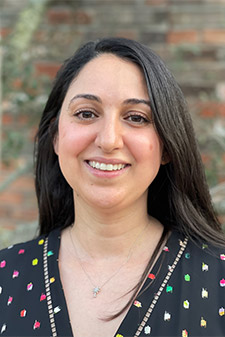
Bishr is director of our Technical Research & Development (TR&D) Lab in Topeka, Kansas, which applies science and technology to railroading materials to enhance safety and efficiency. From fuel and chemicals to track and freight car components, TR&D tests and evaluates product reliability, with a goal to engineer safety in and potential failures out.
“We provide technical and analytical services, failure analysis, derailment investigation and new product approval, and we try to get ahead of something that might become an issue. When a component fails, it’s our job to find out why,” said Bishr, who first interned with TR&D nearly 20 years ago before moving into other field and headquarters positions. That practical field experience brought safety full circle.
While working in day-to-day operations, she’d come across materials that had gone through TR&D. “I’d think, ‘I tested this,’” said Bishr, who shares that field application with her team, made up of scientists and engineers skilled in forensics, testing and research.
“Just like in the field, we talk safety in the lab every day, follow all safety rules and protect ourselves,” she said. “Safety is truly at the forefront in everything we do.”
Moving more than trains
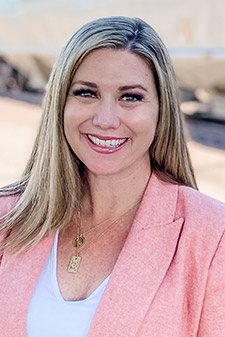
Growing up in Southern California, Cara Weidling witnessed the huge freight volumes that move through the region. She liked the idea of working in an industry focused on moving goods, so she started as a management trainee in 2009.
Fast forward, and Weidling is now a terminal superintendent in San Bernardino, where BNSF handled record-breaking volumes in 2020. She works with the 500 employees and contractors who move trains loaded with containers and freight cars in and out of the yard.
“You can’t learn railroading from a book, so when I started, I listened to the stories of those who had been on the job for many years,” she recalled. “What I took away was how much our culture has changed, especially when it comes to safety.”
Another lesson she learned was authenticity. That means open and honest conversations. Job safety briefings – what we do at the start of every shift – are where those begin.
“We can use these to help employees understand the ‘why’ behind a task and what the consequences are,” she said. “Yes, we hold people accountable through rules and tests, but we can’t see and be with them at all times. That’s why we’re trying to move from compliance to a culture of commitment.”
Due to the pandemic, she and other employees have created and shared safety videos on a private YouTube channel. These not only promote social distancing, but give employees a chance to do their part to drive that culture.
“Never underestimate the power of communication,” said Weidling. “We’ve had some beautiful examples with ripple effects.”
Dispatching instructions and safety
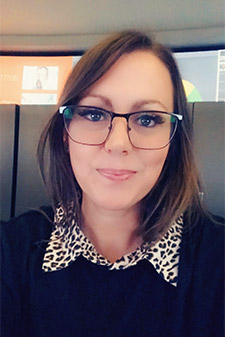
Jennifer Muñoz, chief dispatcher for BNSF’s northern Powder River Division, which includes eastern Wyoming, reiterated the importance of communication when it comes to safety. While effective communication is essential for all our operations, it is crucial for train dispatchers – the railroad’s version of air traffic controllers.
“What we do as chief dispatchers can be so transactional – meet these trains here, park that train there. It’s really about how we incorporate safety conversations into those scenarios,” she explained.
It's also about attitude.
“Safety has to be a lifestyle,” Muñoz added. She works with other dispatchers in our command center – or Network Operations Center (NOC) – where, in addition to having a safety-oriented mindset, mastering the art of multitasking is another key to dispatcher safety. “Being a chief dispatcher is really about managing competing priorities.”
At BNSF, we are proud to have women like Hampton, Shepard, Bishr, Weidling and Muñoz leading the safety charge.
“I love that BNSF recognizes the women who work here,” said Hampton. “There are no limits to what a woman can achieve here. That’s very encouraging.”
Did You Know?
Here are a few of the many past contributions women have made to the railroad industry:
- Miss E. F. Sawyer became the first female telegraph operator when she was hired by the Burlington Railroad in Montgomery, Illinois, in 1872.
- In the 1870s, Eliza Murfey created devices for improving the way bearings on a rail wheel attached to train cars.
- In 1879, Mary Elizabeth Walton had two inventions that significantly improved railroads’ relationships with the public: a device that forced locomotive smoke through a water tank, and held the pollutants until they could be properly discharged in a sewage system; using sand as the key component, Walton also built the first successful train noise-reduction system that her colleague, Thomas Edison, couldn't figure out how to develop!
- Sarah Clark-Kidder was the first female to run a railroad in the world. In 1901, she was named president of Nevada County Narrow Gauge Railroad. During her tenure, she turned the railroad from one that was in significant debt to one bringing in record profits. Clark-Kidder was also known for building the tallest railroad bridge at the time, which spanned the Bear River.
- Olive Dennis is known for many inventions in the mid-1920s that made passenger rail more appealing, including reclining seats, stain-resistant upholstery, large dressing rooms and air-conditioned compartments.
- The first female locomotive engineer to work for a Class I railroad was Christine Gonzalez Aldeis, who started with the Santa Fe Railway in 1973. In later years, she supported the railroad as a field safety manager.
- BNSF’s President and CEO Katie Farmer is the first woman to hold this position for a Class I freight railroad.

